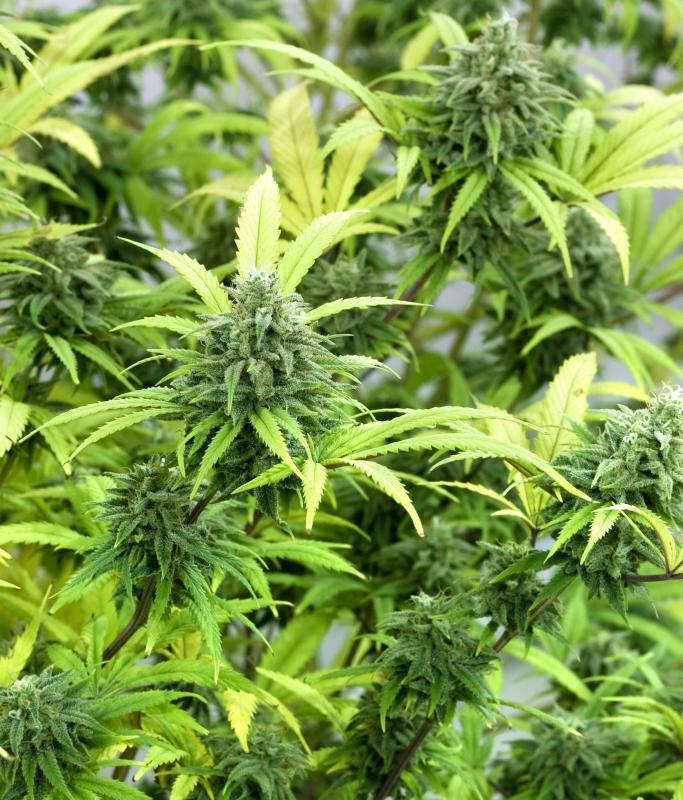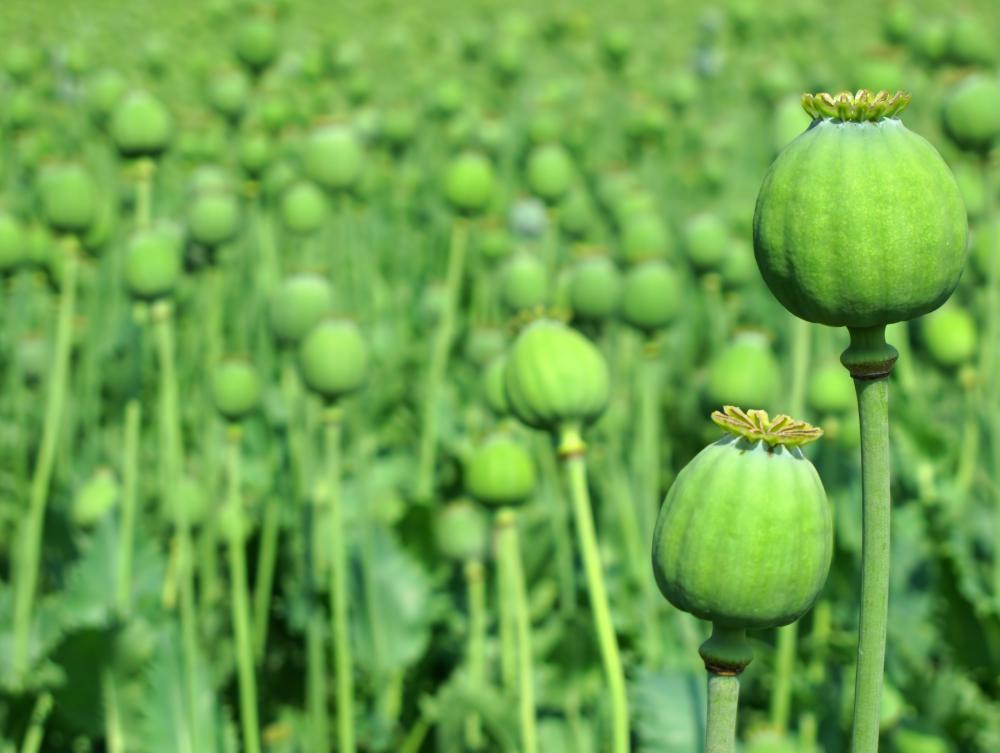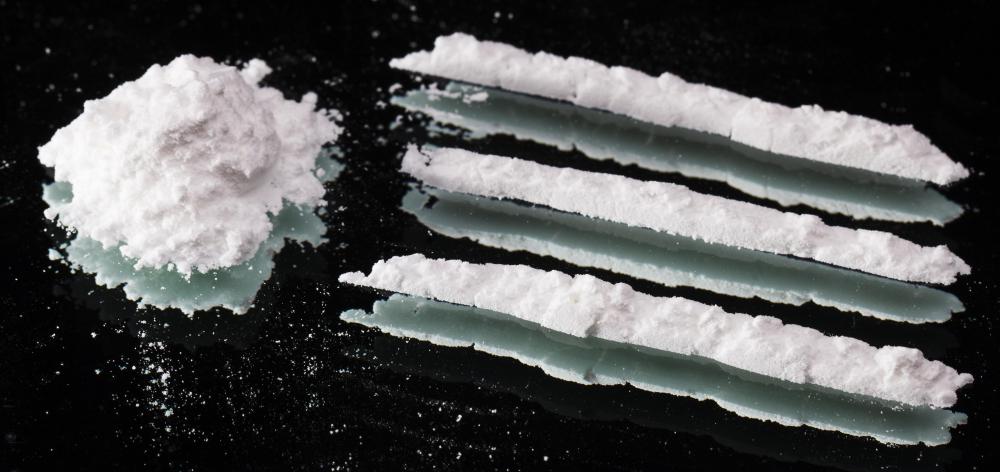At WiseGEEK, we're committed to delivering accurate, trustworthy information. Our expert-authored content is rigorously fact-checked and sourced from credible authorities. Discover how we uphold the highest standards in providing you with reliable knowledge.
What Is the History of Anesthetic?
Anesthesia, which allows medical procedures to be undertaken without pain, has been a science developing over the course of centuries. The history of anesthetic drugs dates back thousands of years, with ancient Chinese and Indian texts recommending the use of opium and cannabis to provide pain relief. In Western medicine, opium and alcohol were used from the Middle Ages onward, often by military surgeons, to prepare people for painful processes such as amputation.
From the late 18th century onward, the history of anesthetic drugs took a turn, as scientists and doctors began to develop medicines specifically for that purpose. Joseph Priestley discovered, around 1775, that the gas nitrous oxide could be inhaled in order to provide general anesthesia. Diethyl ether, another inhaled substance, and injections of cocaine began to be used as well, particularly by dentists. Successful surgeries performed in public involving ether began to help it to gain popularity within the medical community. Other researchers attempted to use other gases as well, but many of these drugs were not reliable in their ability to provide pain relief or unconsciousness in all individuals; some, such as chloroform, proved to be potentially harmful or toxic.

In the 20th century, the history of anesthetic medications began to become more advanced, as the sciences of chemistry and medicine matured. The year 1902 saw the invention of the first barbiturate, which could be administered either orally to patients, although these drugs continued to have problems with potential lethality. Tubes inserted into the airway began to be used alongside a combination of general and local anesthetics, to allow individuals to continue breathing even while under the influence of these drugs.

Another advance in the history of anesthetic compounds came with the innovation of sodium thiopental in 1934, which could be injected into patients instead of provided orally. This development allowed medical professionals to have more control over dosages. Surgery departments in hospitals and medical schools followed soon afterward, and individuals working at these locations began to experiment with newer synthesized drugs, such as variations on naturally occurring opioid painkillers.

Developments in the history of anesthetic science continue to this day. Anesthesiologists have discovered compounds including local anesthetics derived from the cocaine molecule, short-acting opioids, and general sedatives like propofol. Generally, medications with short acting times, reliable responses to dose among most individuals, and a high safety margin are preferred, and substances that meet these criteria are still being created.
AS FEATURED ON:
AS FEATURED ON:














Discuss this Article
Post your comments